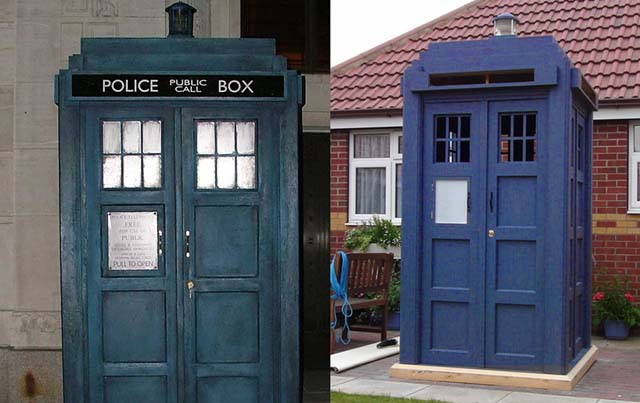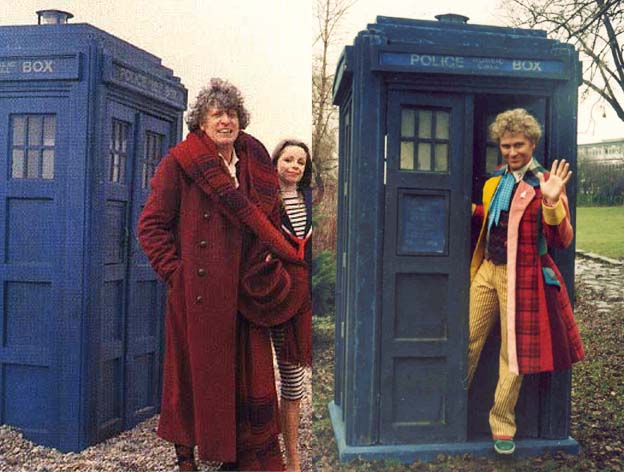“Grown?! What bollocks!”
The TARDIS is clearly engineered in the original series (just look at it!)
According to Davies in a DWM column, the TARDIS interior can be “skinned” rather like Winamp — which is probably a function of something like a chameleon circuit, I’ll wager to speculate. Though not ever stated before, this seems at least consistent with the established lore — especially given how easily various Time Lords seem to reconfigure the insides at will.
For the rest of your argument — well, uh. There’s nothing to say there’s no element of engineering in TARDIS construction. If anything, a TARDIS seems largely an artificial construct — one that involves a certain controlled organic development, presumably for the most basic architecture and… “spirit”, if you will. Then things get bolted onto that, taking advantage of more overt Time Lord technology, like the chameleon whatsit and the console controls and whatnot.
I don’t see anything particularly far-fetched for a stage of controlled organic engineering, especially given how far ahead Gallifreyan technology is. If anything, it sort of makes sense, given how complex and seemingly random the darned thing is. The Time Lords never seem to have absolute control over the machines — which probably is due in part to their treating them completely as machines (if partially organic ones), under their will. The Doctor seems relatively unique in having come to terms with the apparent sentience of his TARDIS — though even he often forgets that he’s not always so much in control of the thing as giving it general suggestions.
That his TARDIS is so persnickety — so insolubly “broken” — might, and here I’m wildly speculating, be a result of its will having become much stronger than usual for a TARDIS. It’s too spirited, and doesn’t always obey orders just because they were given by its “owner”. Thus, it’s broken. A flaw in its system. Sounds very Time Lordy to me. There are parallels in many other works of fiction, of course. Popular anime in particular (Ghost in the Shell, Eva) keeps coming to mind.



